Captains Kirk and Picard had starships to explore the universe. Earthly mortals could have had a futuristic Beechcraft Starship to crisscross the world, but circumstances, both in development and marketing, limited the success of what was otherwise a stunning aircraft.
In the early 1980s, Beechcraft began looking for a successor to its popular King Air. The objective was for this successor to be faster, quieter, and safer, with an equal or greater payload, and, of course, to achieve the sales success of the King Air.
Developmental History of the Beechcraft Starship
The design result was a sleek, twin-turboprop pusher, canard design. Another goal was to utilize composite materials to the maximum extent possible, thereby reducing weight and increasing structural integrity compared to the metal structures of their previous aircraft.
An added safety feature of the canard design is that it would be essentially stall-proof. Canards are a front wing that actually produces lift. As the aircraft approaches a stall, the canards stall first, causing the nose to drop slightly, ensuring that the main wing continues to fly, enabling a prompt stall recovery.
Although there are several very successful canard experimental aircraft, such as the Rutan Long-EZ and the Velocity, a six-to-eight passenger composite canard was a new concept, and Beechcraft would experience unexpected developmental challenges.
The Starship is a two-surface aircraft, i.e., it has a main wing and a canard. In contrast, the canard Piaggio P.180, introduced in 1990, is a three-surface design that includes a conventional horizontal stabilizer and elevators.
Development of the Beechcraft Starship
Early in the development phase, Beechcraft commissioned Burt Rutan’s Scaled Composites to build and test fly an 85% scale version of the Starship design. This proof-of-concept aircraft flew successfully (1983) and was also shown at business aircraft conventions as the next Beech business aircraft of the not-too-distant future.
Beech initially built three full-scale flying prototypes for testing and certification. Each aircraft had a specific test program, including aerodynamic testing, avionics and systems testing, and integration and testing of the flight management system, as well as engine testing. The first test aircraft flew in February 1986.
Although testing proceeded relatively smoothly, the company’s investment in composite construction exceeded expectations, both in terms of production facilities and the extended learning curve required for a production team transitioning from conventional metal construction to composite construction.
The composite aircraft was also new to the FAA, and they, in effect, required twice the flight test time as for a more conventionally constructed aircraft. Consequently, the first production aircraft did not fly until April 1989.
Marketing of the Beechcraft Starship
Following the successful flights of the 85% scale aircraft, the business community assumed that the certified Starship was just a year or two away. The business aircraft market, typically slow to accept radically new concepts, was cautiously optimistic.
But at least two negative forces were in play when the Starship was finally certified and the first production aircraft flew in 1989. First, an economic recession had significantly weakened demand for new aircraft. More importantly, the Starship may have been just “too new” with too many “firsts” for the traditionally conservative business aircraft market.
For example, the Starship was the first certified business aircraft to use:
- An all-glass cockpit, using 14 different displays for all aircraft systems, navigation, and performance data.
- All composite construction.
- A canard with no horizontal stabilizer or rudder.
- Twin turboprop pusher engines.
Price and performance were also problematic. The 1989 list price was close $5.0 million, which was more than comparable Cessna Citation V and Lear 31 jets, both of which were more than 80 knots faster than the Starship.
Production and Status of Beechcraft Starship
A total of 53 Starships—the three prototypes and 50 production aircraft—were built. The initial aircraft was the Model 2000. Halfway through production, Beech redesigned the interior and made some improvements in performance (Model 2000A), but it was too little, too late.
At last report, four or five are still flying. Raytheon, the parent company of Beechcraft, has essentially decommissioned all aircraft it had in its possession or could obtain. Several aircraft have been donated to museums, including the Beechcraft Heritage Museum in Tullahoma, Tennessee.
Just Theorizing – What Could Have Made the Starship More Marketable
Robert Scherer, a Starship pilot, suggests that several relatively minor fixes could have improved Starship performance and reduced production costs, including:
- Use a filament winding process for the composite fuselage, much like that used on the Boeing 787 Dreamliner. This would have reduced production costs and complexity.
- Replace the turboprops with fan jets for more speed and less turbulence from the aft-mounted propellers.
- Remove all but the two inboard vortex generators on the canards to significantly reduce drag with no loss in performance.
- Eliminate the landing flaps. The flaps lower the landing speed by about five knots. The landing flap system adds about 800 pounds to the aircraft’s weight. Without that weight, the landing speed would probably be no more than three knots faster than with the flaps. This would have reduced the weight, complexity, and cost of the aircraft.
Beechcraft Starship Never Became The Hoped for Success
Unfortunately, the fate of an aircraft design depends on much more than just being airworthy and practical. Market timing, perception, and misperception; with just a few tweaks to the design, it could have been the replacement for the King Air that Beechcraft originally envisioned.
Lead photo by Ken Mist (used under CC2.0).
General characteristics
- Crew: 1/2[43]
- Passenger Seating: 6
- Empty weight: 10,085 lb
- Max takeoff weight: 14,900 lb
- Fuel capacity: 565 gallons,
- Engines: 2 × Pratt & Whitney Canada PT6A-67A turboprop 1,200 shp each
- Propellers: 5-bladed McCauley, 8 ft 8 in (2.64 m) diameter
Performance
- Maximum speed: 385 mph (335 kn)
- Cruise speed: 353 mph (307 kn)
- Stall speed: 112 mph; (97 kn)
- Range: 1,742 mi (1,514 nm)
- Service ceiling: 35,800 ft (10,912 m)
9-17-16

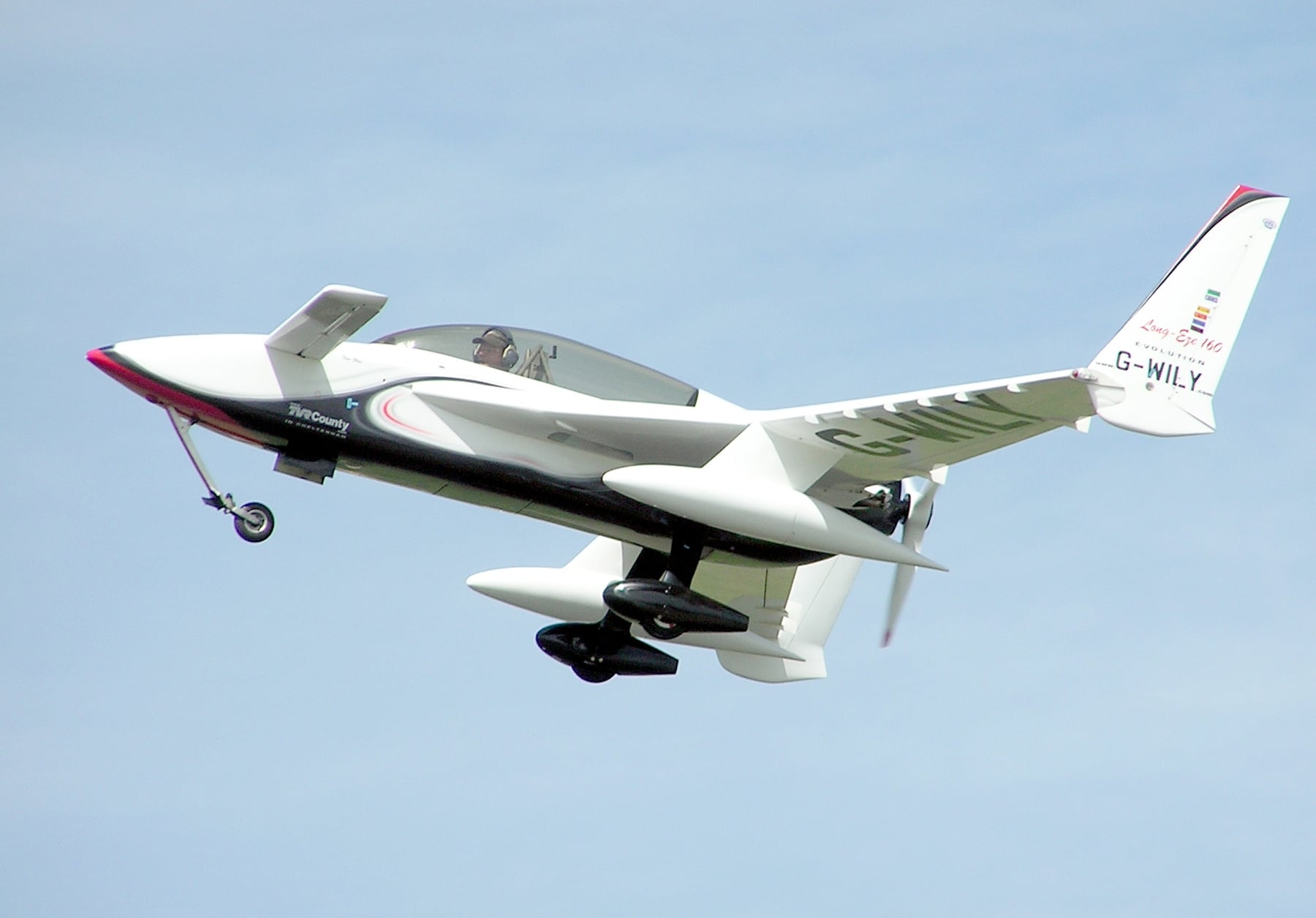
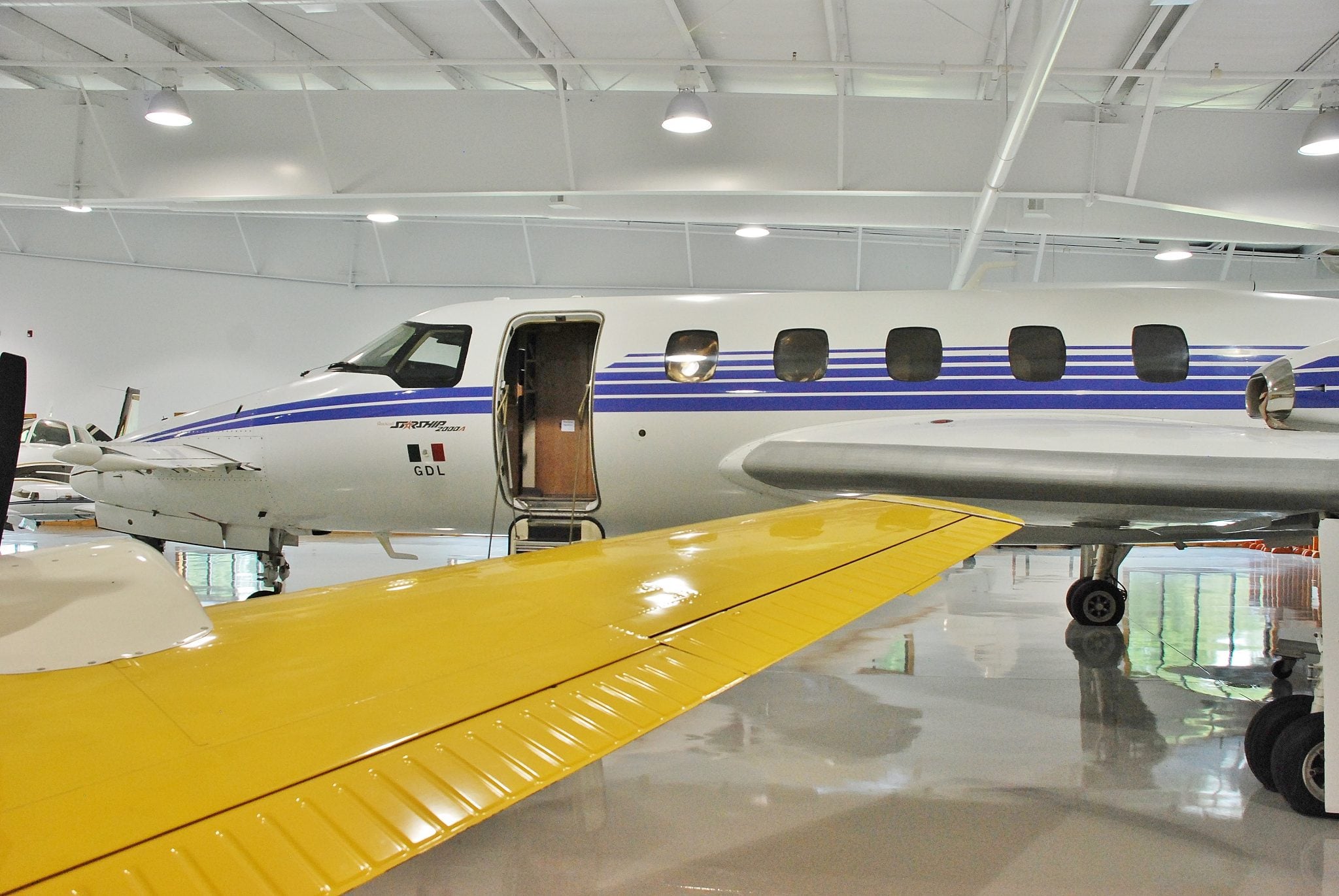
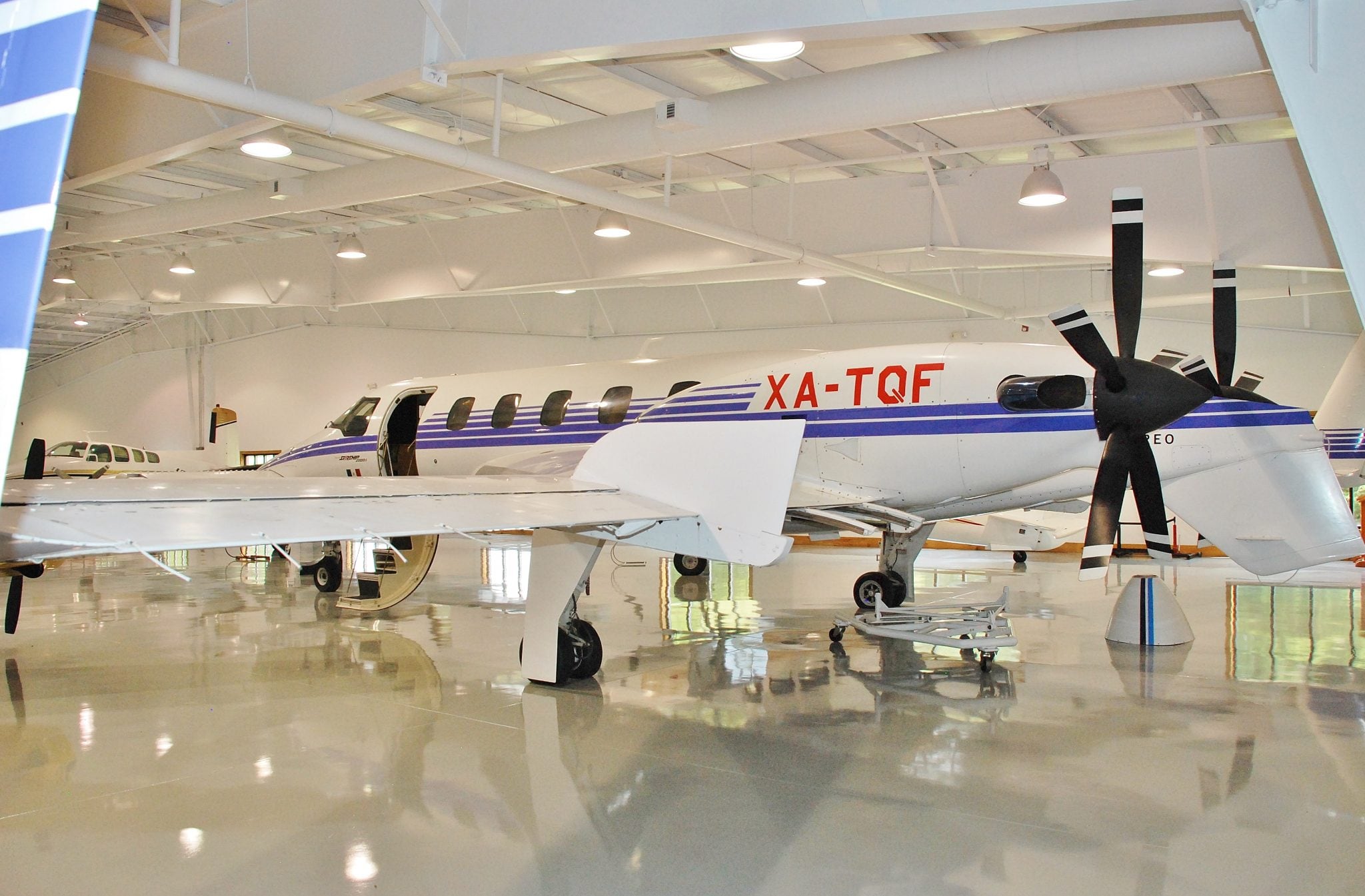
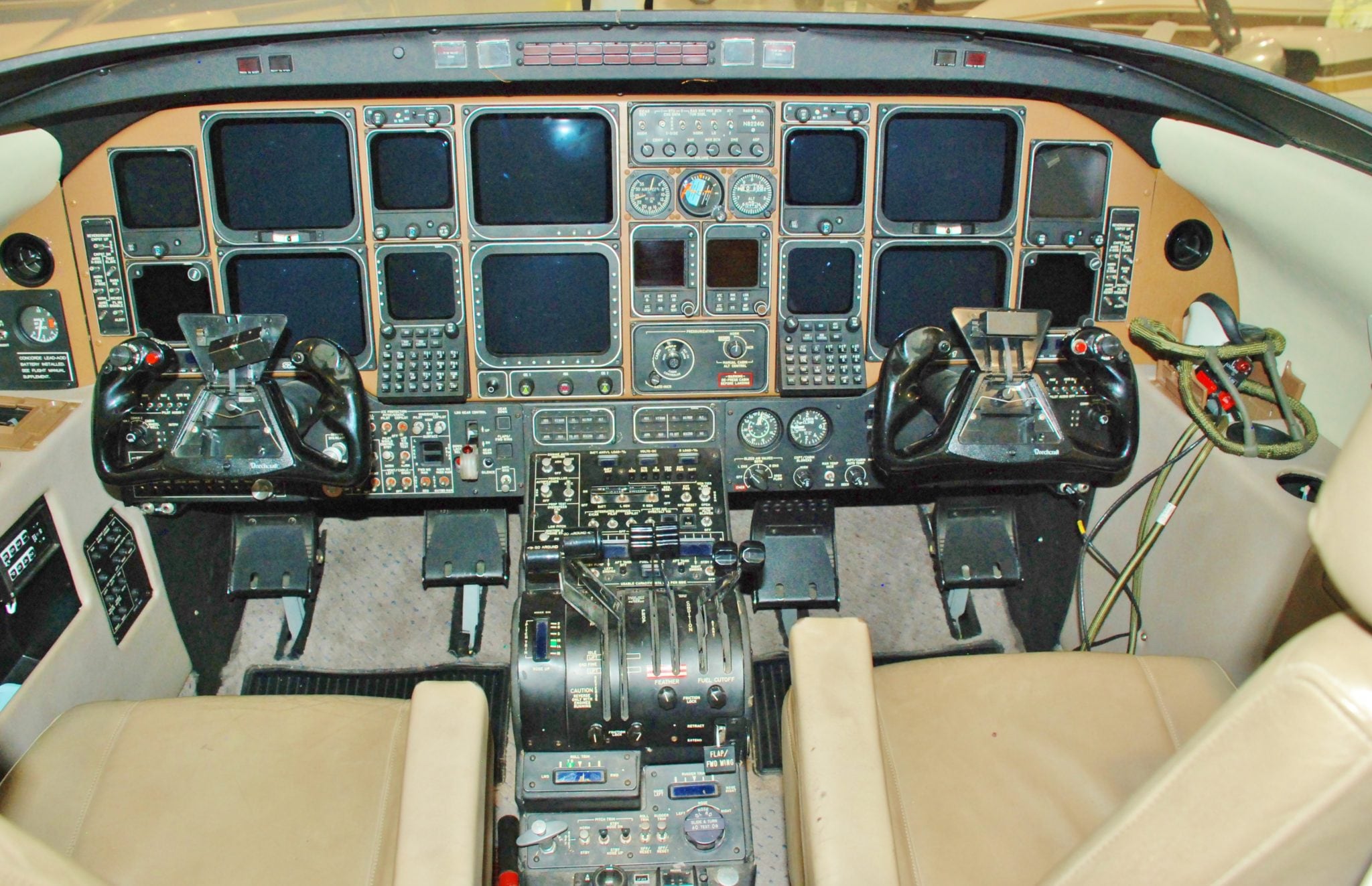
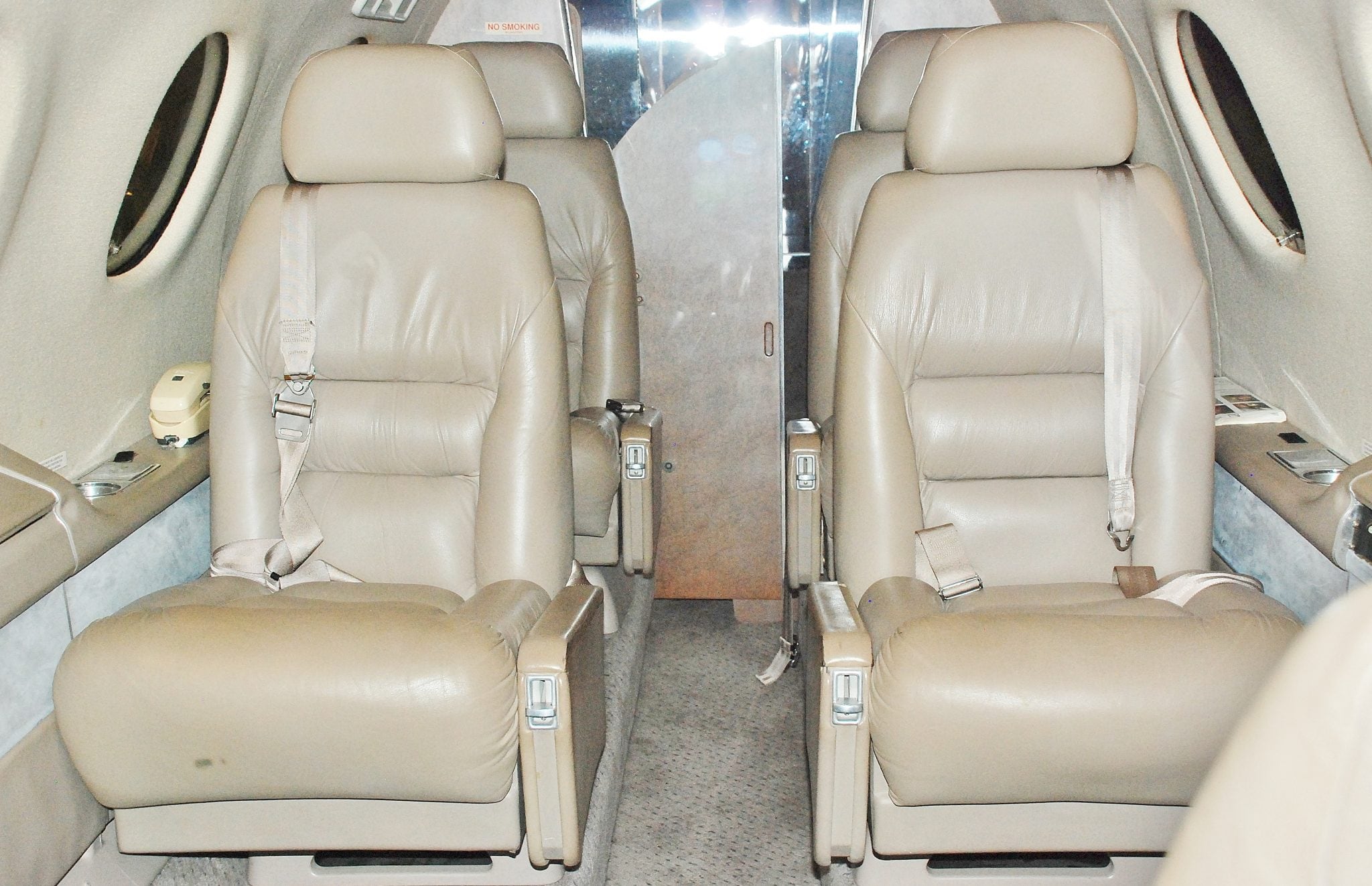
I worked for a pharmaceutical firm with this plane as the corporate turboprop. I loved getting to ride in it.